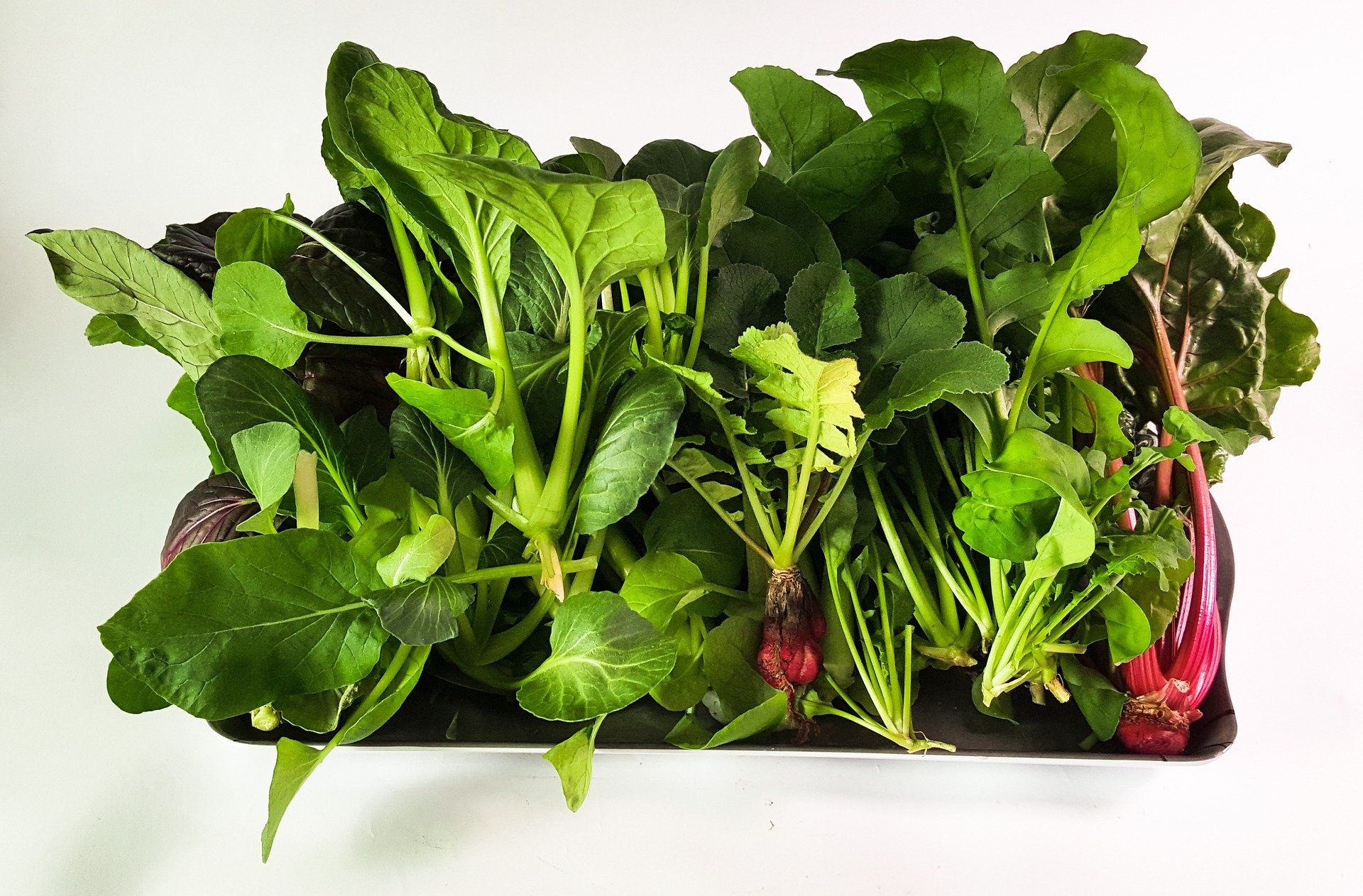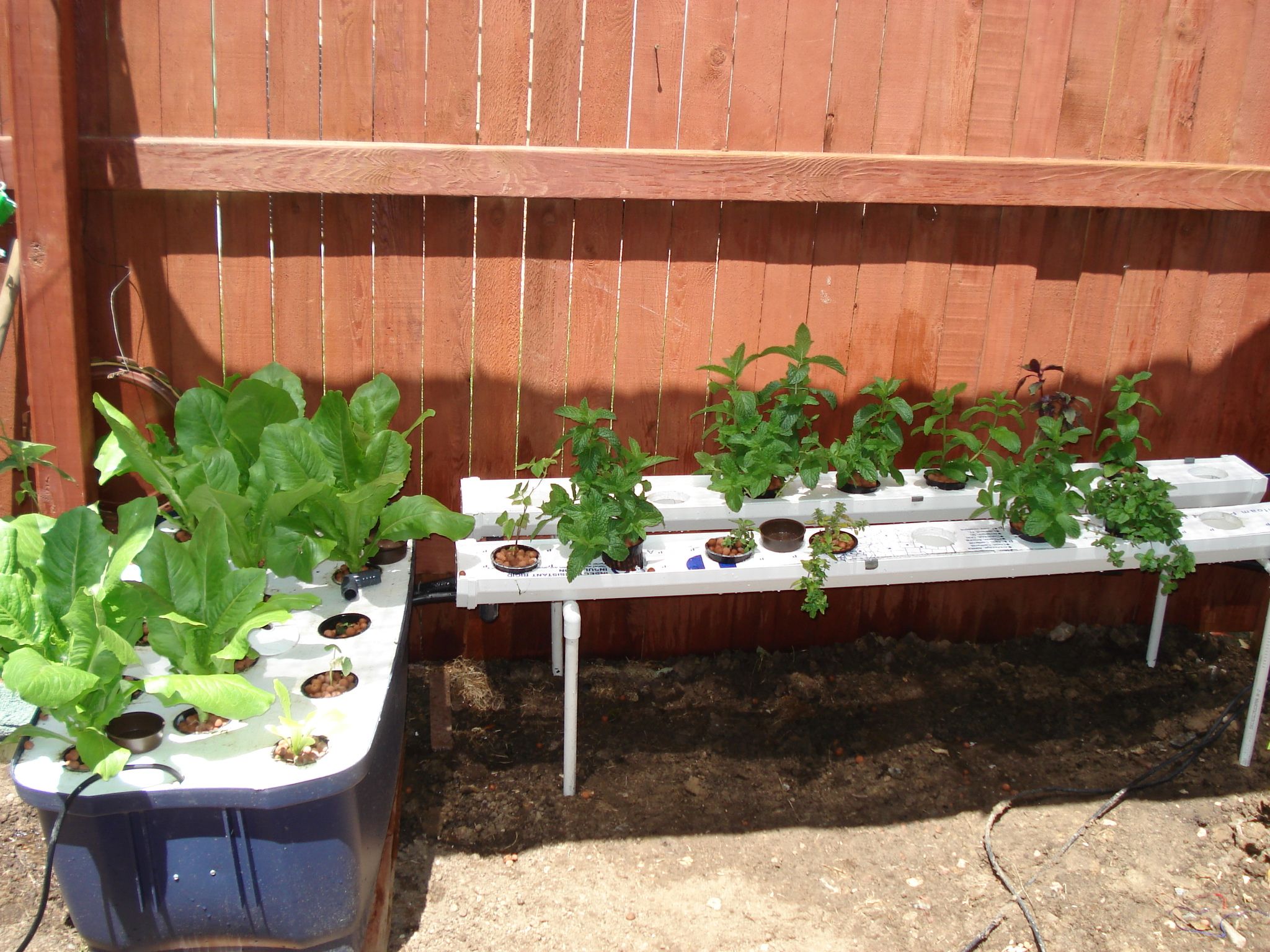
Benefits of Hydroponics
June 7, 2020Hydroponics according to Wikipedia is:
Hydroponics is a subset of hydroculture, which is a method of growing plants without soil, by using mineral nutrient solutions in a water solvent. Terrestrial plants may be grown with only their roots exposed to the nutritious liquid, or the roots may be physically supported by an inert medium such as perlite, gravel, or other substrates. Despite inert media, roots can cause changes of the rhizosphere pH and root exudates can impact the rhizosphere biology.
The nutrients used in hydroponic systems can come from many of different sources, including (but not limited to) fish excrement, duck manure, purchased chemical fertilisers, or artificial nutrient solutions.
Plants commonly grown hydroponically, on inert media, include tomatoes, peppers, cucumbers, lettuces, marijuana, and model plants like Arabidopsis thaliana.
Hydroponics offers many advantages, one of them being a decrease in water usage for agriculture. To grow 1 kilogram of tomatoes using intensive farming methods requires 400 liters of water; using hydroponics, 70 liters; and only 20 liters using aeroponics. Because of the lack of water needed to grow produce, it would be possible in the future for harsh environments, which don’t have much accessible water, to be able to grow their own food.


